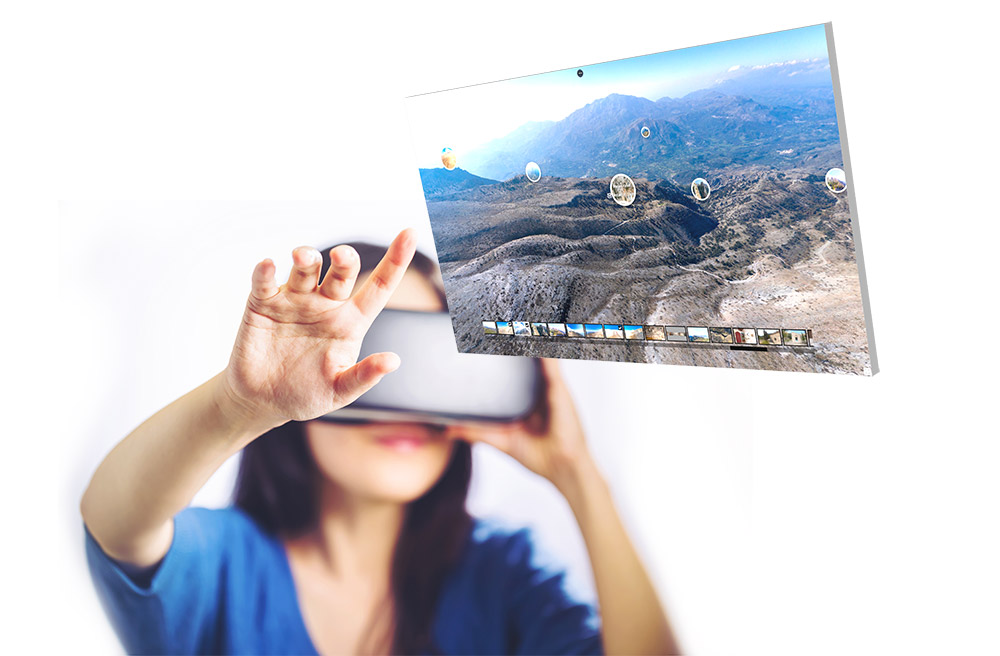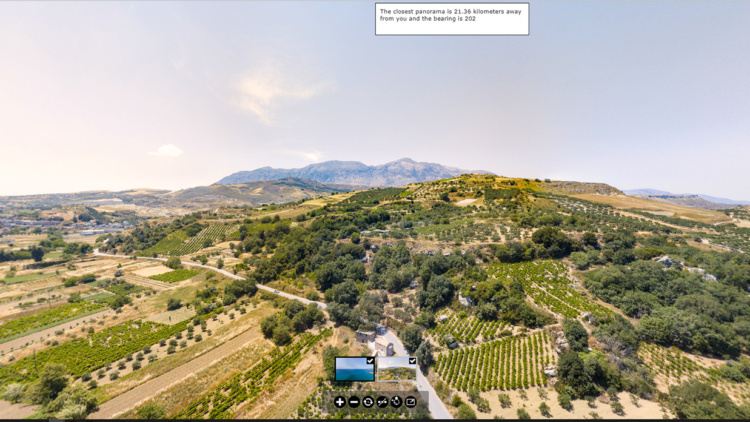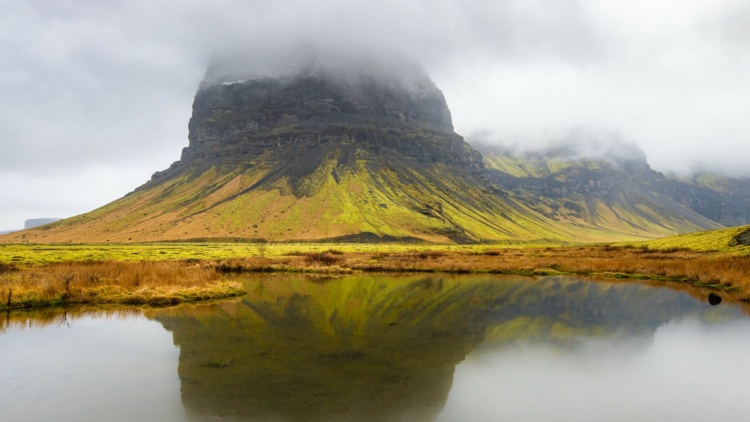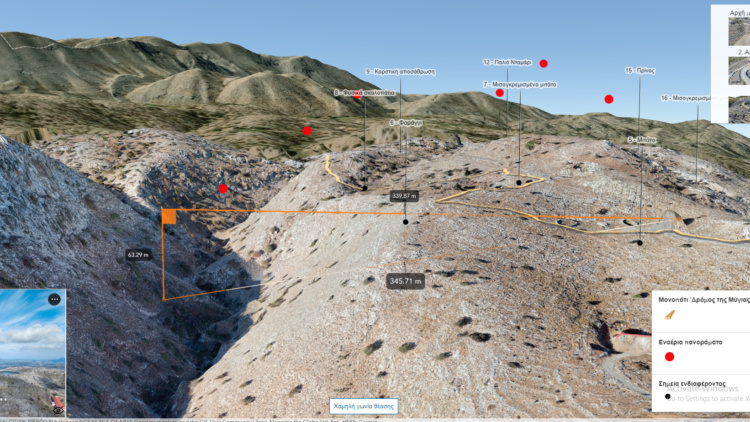There are a lot of people that are confused about the terms Virtual Tours and Virtual Reality and many times consider them to be the same thing which is not true. At the same time there is a difficulty distinguishing between 3D and photographic spheres virtual tours. So let’s clarify it by presenting the basics of each of these terms.
First, a virtual tour is an attempt to represent a real place with a series of multimedia assets that can be photos, videos, sounds, 3D models accompanied with supplementary material, like floor plans, maps, music that help build a more user friendly interface for the tour. These tours are typically HTML5 web apps which can be seen in desktop and mobile browsers like any other website.
Some virtual tours support VR mode and they can be an immersive – simulated experience with the use of a VR headset and the user can indeed experience it in a more ‘realistic’ way.
We use either photographic spheres (panoramas), or a three dimensional (3D) space to construct the virtual environment.
Virtual tours using photospheres
A photographic sphere puts the user at the center and we allow him to choose the part of the photo that he can view by the use of his mouse, or his fingers in the non VR mode, or by turning his head in the VR mode. In the non VR mode we can allow zoom levels, so that the users can zoom in and out of a photosphere to allow a more detailed inspection of the location, however this is not the case with the VR mode, where most of the times we do not allow the user to change the zoom levels of what he inspects, since that could break the immersion.
We can interconnect these photospheres by using hotspots that provide to the users the ability to interact with and move from one sphere to another. If the connected photospheres are shot close to one another, then the captured surroundings will have a lot in common and by transitioning while the user moves, it will give the impression of smoothly moving from one place of the first photosphere to the second, while in reality the user actually teleports from one place to the other. There are implementations though of photographic virtual tours, like Matterport which fills the transition between the two photospheres, with actual movement within the 3D environment that the dolly house creates, making the transition even smoother.
Virtual tours using three dimensional spaces
With these types of tours a 3D space is used to showcase a real, or most of the times a fictional place, or even a historical site, or even a future construction project. They are like 3D games where the player is controlling the movement and the interactions. This three dimensional place has to be modeled, textured and lighted at minimum to have a somewhat decent environment. Even though the movement can be smooth and give the user the impression that they are walking in it, teleportation can be an alternative as well.




